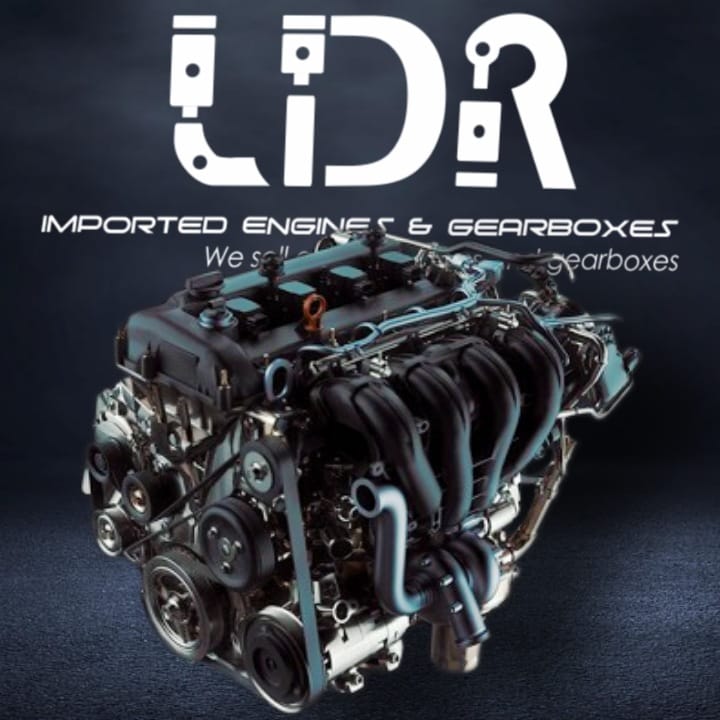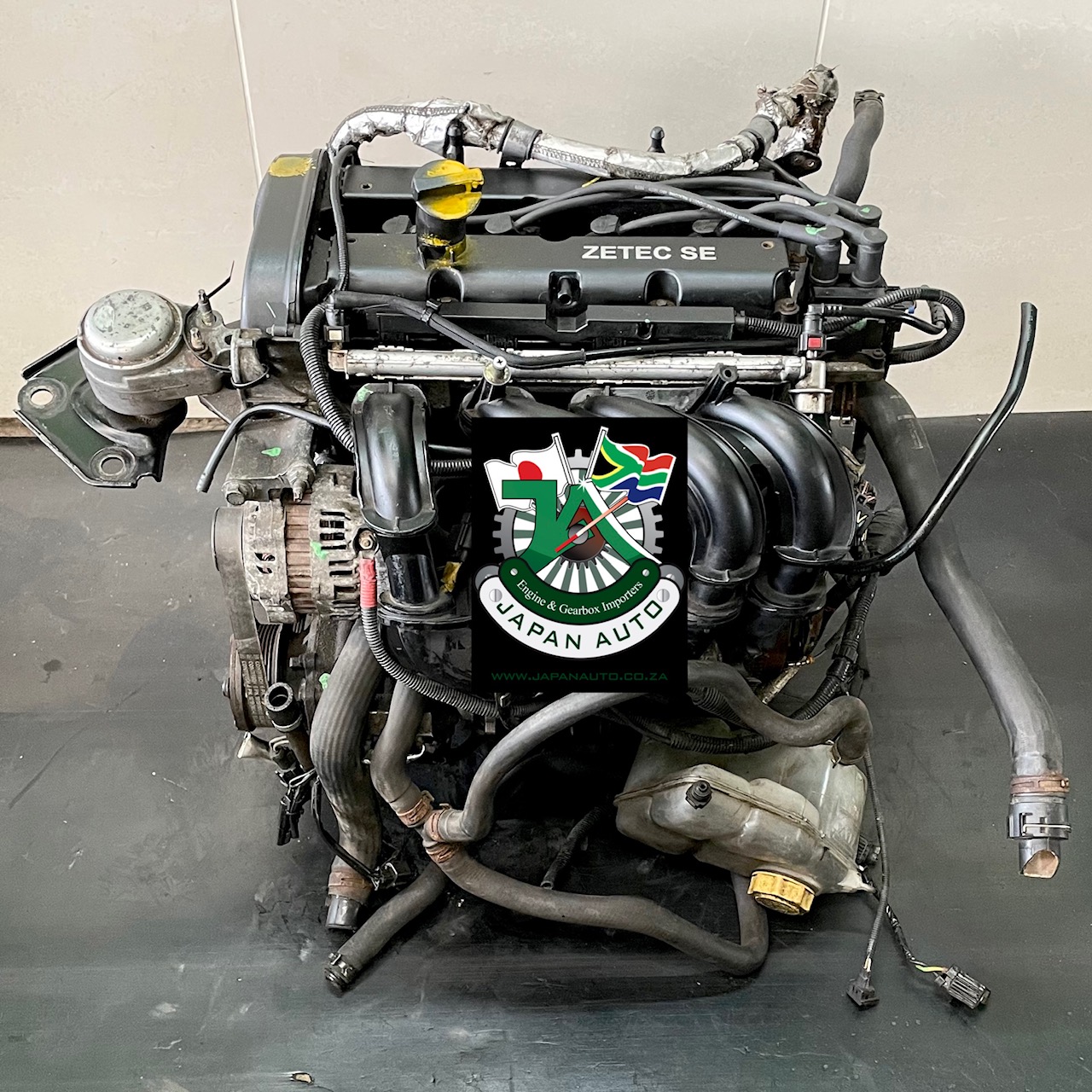How to Diagnose Ford Fiesta Engine Issues and Prevent Future Problems
Wiki Article
The Future of Engines: Innovations Driving Lasting Power Solutions
As the auto market navigates the necessary shift towards sustainability, the future of engines is increasingly defined by groundbreaking developments. Electric engine developments, alongside appealing growths in hydrogen gas cells and biofuels, are improving the landscape of power options. The development of hybrid systems additionally complicates this development, providing both chances and challenges to minimize emissions efficiently. Paired with the combination of expert system in engine layout, these technological strides elevate crucial questions regarding their long-lasting feasibility and influence on standard paradigms. What might this suggest for the market and customers alike?Electric Engine Dope
The evolution of electric engine advancements signifies a critical shift in the aerospace and vehicle markets, driven by the immediate need for lasting choices to nonrenewable fuel sources. This transition is characterized by substantial advancements in battery innovation, power electronics, and electric motor design, which jointly boost the efficiency and efficiency of electric engines.Recent innovations have actually led to the production of lighter, a lot more energy-dense batteries, such as lithium-silicon and solid-state batteries, which assure longer ranges and much shorter billing times. Furthermore, improvements in electric motor performance, such as the use of irreversible magnets and advanced cooling systems, make it possible for electric engines to run effectively under varying conditions. These improvements not only boost automobile performance but also add to a decrease in general power usage.
Furthermore, the assimilation of sophisticated software application formulas has enhanced energy management in electrical cars, enabling for regenerative braking and anticipating billing approaches. As producers progressively welcome electric propulsion, the automotive and aerospace fields are observing a paradigm change in the direction of greener innovations. This evolution not only satisfies governing demands however additionally aligns with customer choices for eco-friendly transportation solutions, solidifying electrical engines as a keystone of future sustainable wheelchair.
Improvements in Biofuels
As the aerospace and automobile sectors significantly prioritize lasting energy sources, innovations in biofuels arise as a corresponding remedy to electric engines. Biofuels, originated from organic materials such as crops, waste, and algae, offer an innovative opportunity for decreasing greenhouse gas emissions and reliance on fossil fuels.Current research study has concentrated on enhancing the efficiency and sustainability of biofuel production. Second-generation biofuels utilize non-food feedstocks, reducing competitors with food supply and lowering ecological impact. In addition, advancements in artificial biology have actually allowed the engineering of bacteria to create biofuels a lot more properly, causing higher yields and lower manufacturing costs.
In addition, the advancement of drop-in biofuels permits smooth combination into existing facilities, enabling a smoother change for sectors traditionally depending on nonrenewable fuel sources. ford fiesta engine. These gas can be made use of in existing engines without alterations, promoting their adoption across different fields
Investments in biofuel technology, in addition to supportive policies, are necessary to drive innovation and scalability. As the global neighborhood looks for to combat climate modification, biofuels supply a pragmatic, instant solution that lines up with the overarching objective of sustainability in transportation and aviation.
Hydrogen Fuel Cell Technology
A growing variety of business and scientists are discovering hydrogen gas cell technology as a feasible option to standard power sources in transport and power systems. This technology converts chemical power from hydrogen right into electrical power through an electrochemical reaction, with water as the only by-product, making it an eco-friendly choice.The core of hydrogen fuel cells is the gas cell stack, where hydrogen particles are split into protons and electrons. The flow of electrons produces electrical energy, while protons relocate with a membrane to combine with oxygen from the air, creating water. This process leads to high effectiveness and reduced discharges, positioning hydrogen gas cells as an essential player in the transition to sustainable power.
Significant advancements have been made in enhancing the sturdiness and performance of gas cells, along with decreasing costs with cutting-edge production methods. In addition, the growth of hydrogen manufacturing techniques, such as electrolysis powered by eco-friendly power resources, improves the sustainability of the overall system. As framework for hydrogen refueling expands and manufacturing techniques come to be extra effective, hydrogen fuel cell innovation holds great pledge for decarbonizing various fields, consisting of durable transport and fixed power generation.
Hybrid Solutions and Their Impact
Crossbreed systems represent a substantial advancement in lasting engine modern technology, merging standard interior combustion engines with electric propulsion to optimize power performance and lower exhausts (ford fiesta engine). This double technique allows automobiles to use both source of power, allowing higher adaptability in power intake and decreasing reliance on fossil gas

In enhancement to environmental advantages, crossbreed systems offer consumers a feasible transition towards totally electric vehicles. They alleviate array stress and anxiety by combining the convenience of gas with the benefits of electric propulsion, making them an eye-catching choice for a bigger audience.
The Function of AI in Engine Style
Leveraging innovative formulas and that site maker learning methods, the automobile sector is progressively integrating fabricated knowledge (AI) right into engine style processes. AI improves the effectiveness and performance of layout by evaluating vast datasets to identify optimal configurations and efficiency parameters. This ability permits designers to simulate different operating problems and predict engine actions under several scenarios, dramatically reducing the time and expense connected with conventional prototyping approaches.In addition, AI facilitates the development of innovative materials Go Here and burning processes tailored for sustainability. By optimizing gas effectiveness and decreasing emissions, AI-driven designs line up with worldwide efforts aimed at reducing the carbon footprint of vehicle engines. Artificial intelligence formulas can also forecast upkeep requirements, leading to boosted dependability and durability of engine components.
Moreover, AI contributes in the integration of electrification technologies, such as hybrid systems, where it can enhance battery monitoring and power recovery processes. As the industry moves in the direction of even more sustainable power options, the function of AI in engine style becomes significantly important, driving technology and boosting the performance of future engines. Eventually, the cooperation between AI and engine style declares a brand-new age of smarter, cleaner, and much more reliable automotive technologies.

Final Thought
In conclusion, the future of engines is being formed by a merging of cutting-edge innovations that prioritize sustainability. Electric engine innovations, biofuel advancements, hydrogen gas cells, and crossbreed systems collectively linked here contribute to a significant reduction in exhausts and environmental effect.Electric engine innovations, along with promising advancements in hydrogen fuel cells and biofuels, are reshaping the landscape of power services. In addition, renovations in electric motor performance, such as the use of long-term magnets and advanced cooling systems, allow electric engines to run successfully under differing problems. By optimizing fuel performance and reducing emissions, AI-driven designs line up with international initiatives intended at reducing the carbon impact of vehicle engines. As the market relocates towards even more sustainable power options, the function of AI in engine style ends up being significantly crucial, driving advancement and enhancing the performance of future engines. Electric engine developments, biofuel advancements, hydrogen gas cells, and hybrid systems collectively contribute to a significant reduction in exhausts and ecological effect.
Report this wiki page